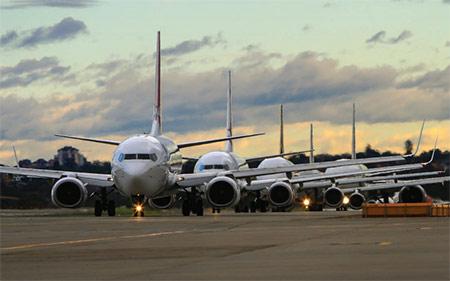Airport Demand Forecasting for Long-Term Planning

Decisions on expanding airport capacity are often controversial. Environmental impacts mean airport planning decisions are subjected to thorough public scrutiny even when financed by private investors. Where public funds are to be invested, issues of competition between airports and between the regions they serve can be as important as efficient use of public funds. Demand forecasts are therefore central to the case for investment.
Air passenger markets are highly dynamic and strongly infuenced by the regulatory environment. Markets that have been de-regulated have seen rapid growth as prices fell and new, low-cost business models emerged. Liberalisation also stimulated re-organisation of network services with concentration of demand on a few hub airports. Demand for air services increases rapidly as incomes rise, but the market is not homogenous and understanding the drivers of each market is critical for infrastructure investments. Runway assets are relatively long lived and planning for the long term has to account for the risks entailed by these dynamics.
This report reviews the state of the art in forecasting airport demand. It focuses particularly on addressing demand risk, passenger behavior and uncertainty and discusses how to make more effective use of such analysis in planning decisions.
Roundtable Report 159
Policy Insights
- Use quantitative methods to analyse the key drivers of airport demand.
- Use expert guidance to help interpret the quantitative results.
- Quality-assure the analysis and counter the risks of optimism bias.
- Reflect the risks and uncertainties that arise in even the best forecasts.
- Make better use of demand forecasts in airport infrastructure planning.